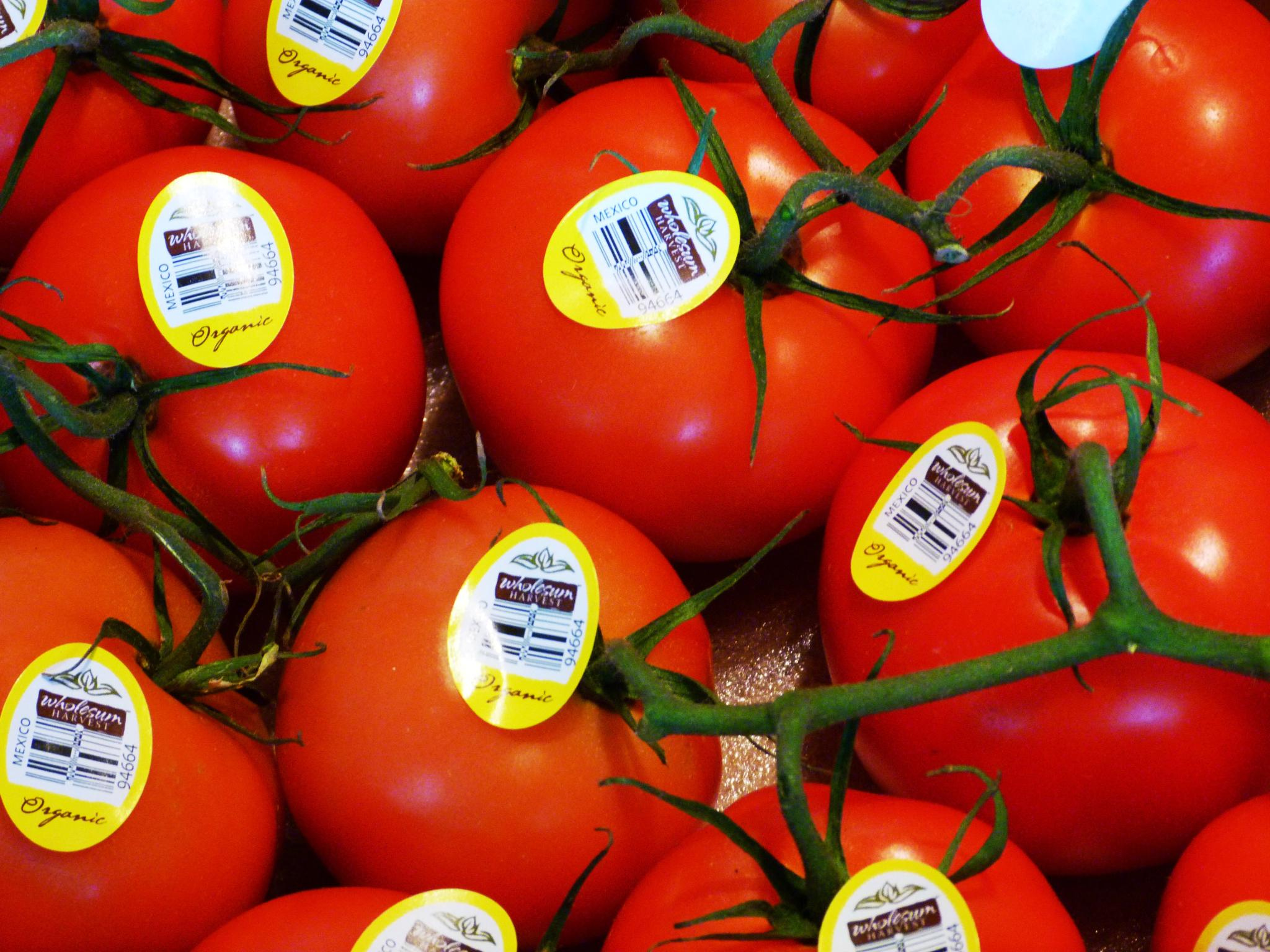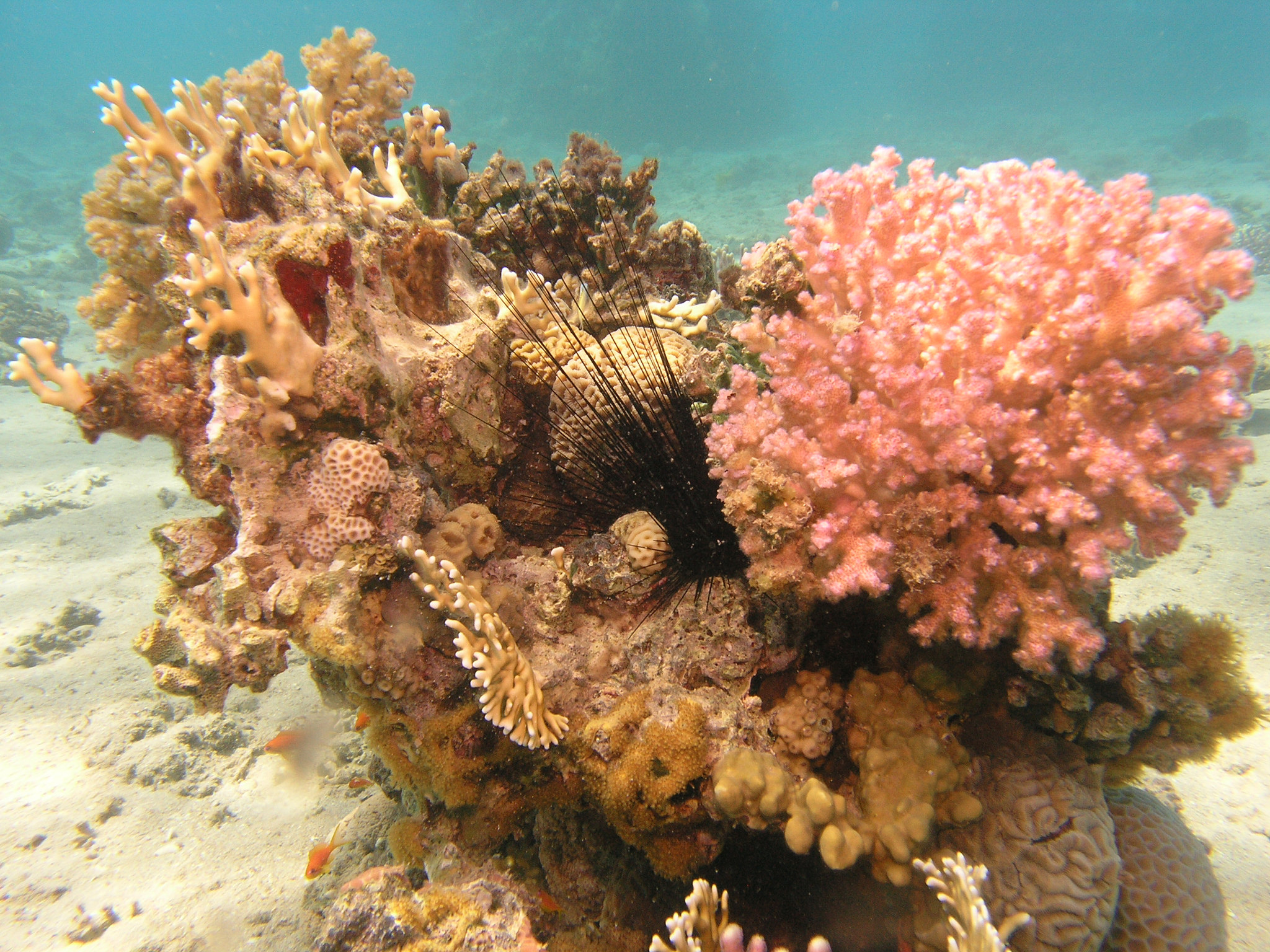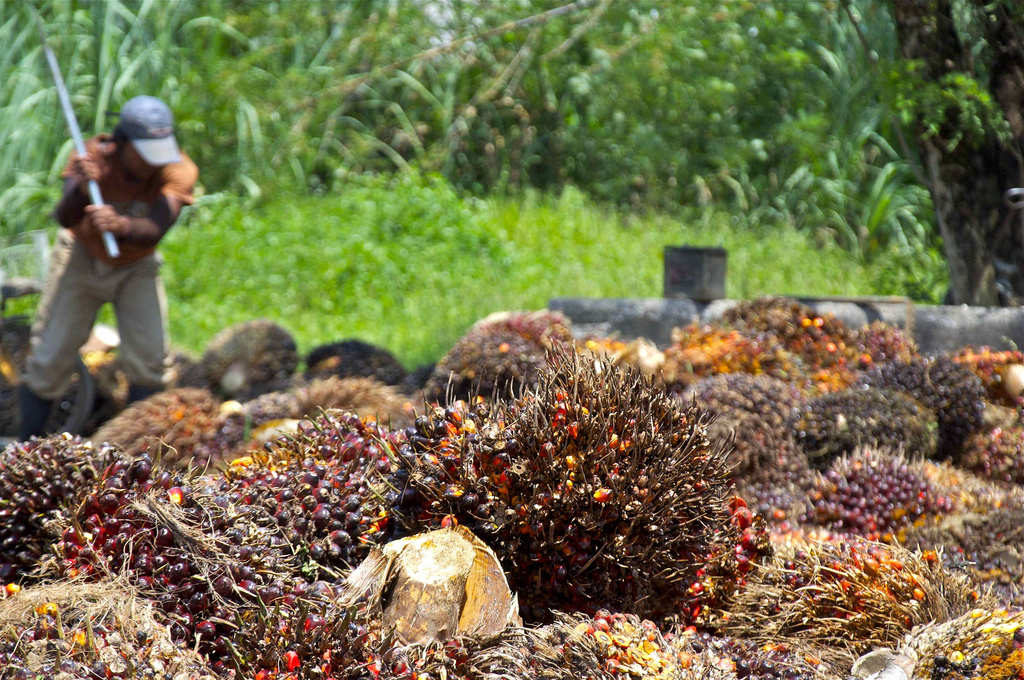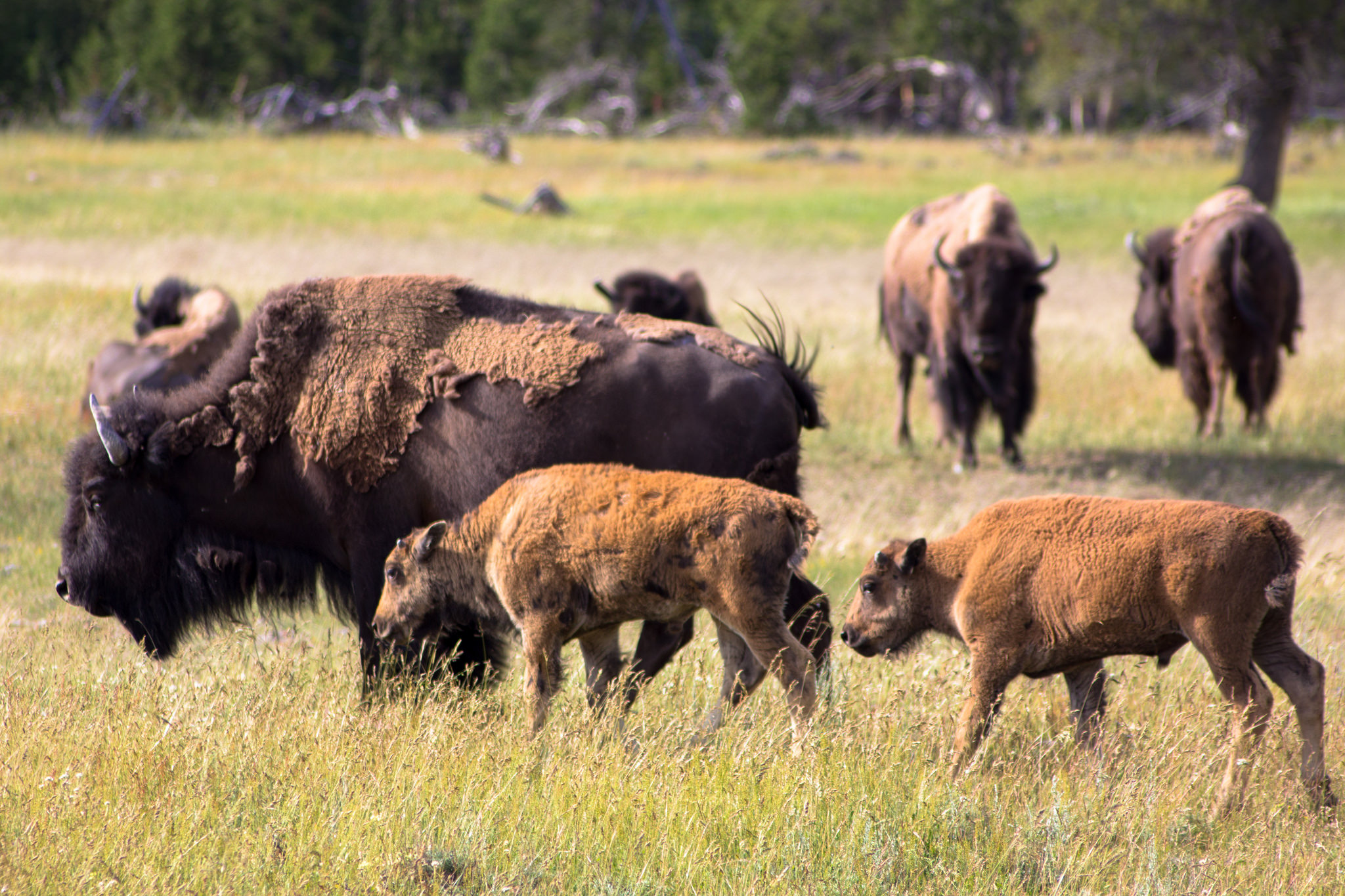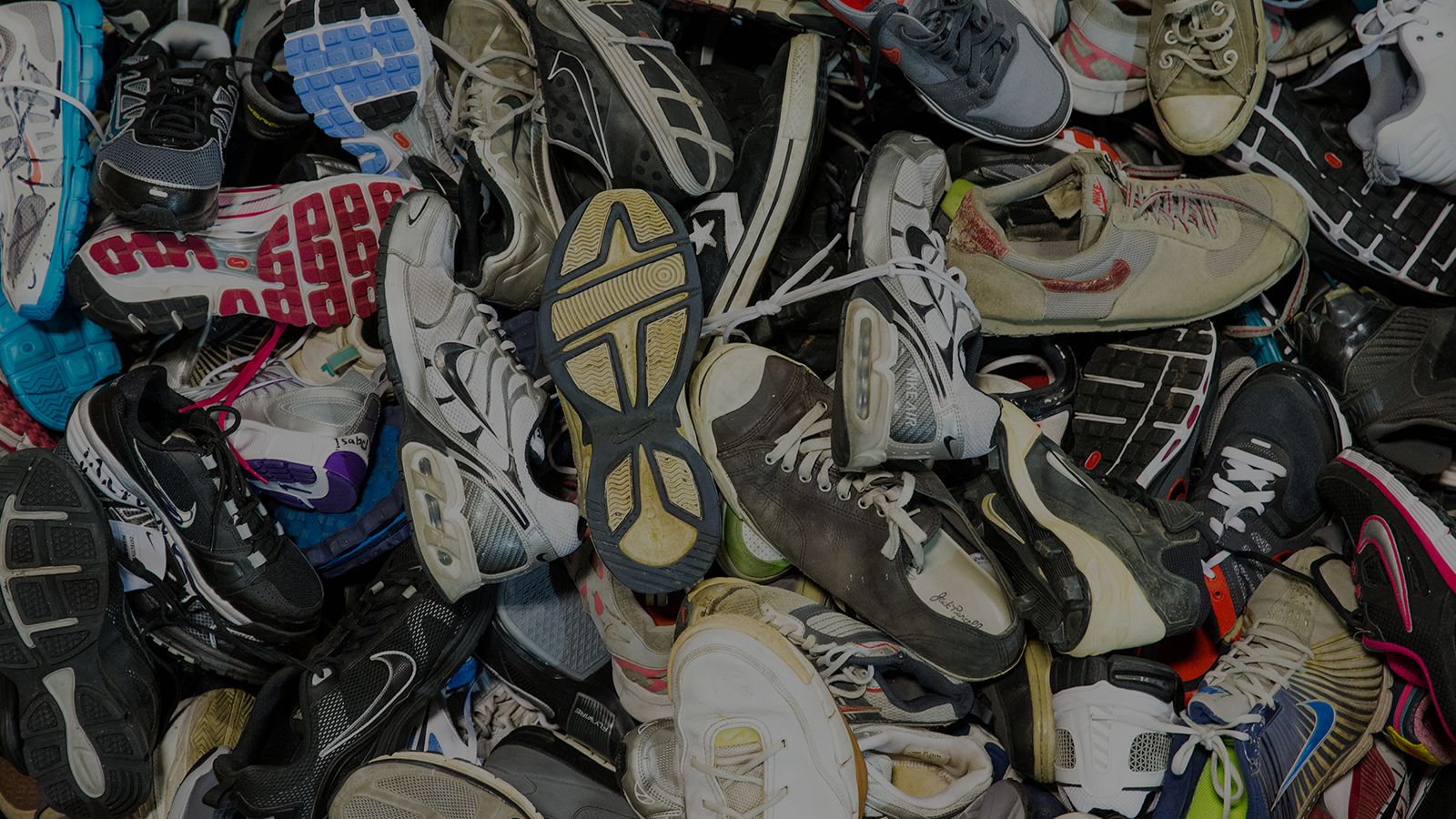One of the most notable success stories in recycling is that of structural plastic lumber. The material is mostly polyethylene reinforced with stiff plastics or recycled composites. Made from milk containers, coffee cups, and other recycled plastics, structural plastic lumber is lighter than steel, longer-lasting than natural lumber and strong enough to support 120-ton locomotives.
Our Environment
Saving The Sea From Salt
The Persian Gulf along with the Red and Mediterranean seas are getting saltier all the time because of the waste products of desalination. The United Arab Emirates, Saudi Arabia, Kuwait, Qatar, Bahrain and Oman account for 45% of the world’s desalination capacity. And the byproduct of desalination is brine, which is twice as salty as seawater. Even advanced desalination plants produce two cubic meters of waste brine for every one cubic meter of clean water.
Young Fish Eat Microplastics
We have talked before about the increasing problem of microplastics polluting the oceans. Much of the small plastic particles result from the breakdown of plastic litter such as plastic bags, packaging and other materials. Another source is microbeads, which are often found in health products such as face scrubs and even some toothpastes.
Reducing Food Waste
It’s no secret that food waste is a global problem of epic proportions. Approximately one-third of all food is either lost or wasted, while more than 800 million people worldwide go hungry.
The Value Of Street Trees
Why should you care whether there are trees on your street or on the streets nearby? Besides the obvious fact that they make streets more attractive, street trees provide a number of real benefits both for residents and for the environment.
Mapping Emerging Infectious Diseases
Ebola. Hantavirus. Lyme disease. What do they have in common? Like most emerging infectious diseases, they originated in mammals. So many debilitating pathogens make the jump from wildlife and livestock to humans, yet at the global scale little is known about where people are most at risk of outbreaks.
Turning CO2 Into Rock
One of the strategies to tackle the problem of increasing greenhouse gas emissions that are resulting in climate change is Carbon Capture and Storage or CCS, which seeks to prevent CO2 from entering the atmosphere and to instead tuck it away somewhere. A longstanding approach to doing it is to store it underground in voids such as abandoned oil and gas reservoirs. There are various complications associated with this idea, not the least of which being potential leakage of the stored CO2.
Organic Food Is Increasingly Affordable
Organic food is increasingly popular. Food chains like Sprouts and Whole Foods as well as local food coops and health food stores have led the charge. More recently, major supermarket chains have growing organic departments in their stores. In fact, in 2015, sales of organic foods in the U.S. reached $43 billion, an increase of 11% over just the the previous year.
Sunscreen And Coral Reefs
Coral reefs are great tourist attractions. Nearly a million species of fish, invertebrates and algae live in these biodiversity hotspots and they generate billions of dollars yearly from the tourism industry.
Cleaning Up The Palm Industry
Few of us cook with palm oil or have ever even seen the stuff. Nevertheless, half of the world’s consumer products include it as an ingredient and the global market for palm oil could be as high as $50 billion. The palm oil industry has been tied to environmental destruction in countries such as Malaysia and Indonesia and has been found to be complicit in human rights violations.
Testing The Ocean Cleanup Array
It’s no secret that our oceans are full of plastic. Plastic trash can be found on up to 88% of the oceans’ surfaces, with most of the debris concentrated in the top two meters of water. The plastics gather in certain areas of the ocean due to the swirling nature of ocean currents, known as gyres. Some of these concentrations, such as the infamous Great Pacific Garbage Patch, are so large they can be seen from space.
Giant Pandas And The Endangered Species List
Giant pandas are among the most beloved animals in the world and are the iconic symbol of China as well as of the World Wildlife Fund, the global NGO dedicated to wildlife conservation. In the mid 1990s, the population of wild pandas dropped to as low as 1,000 as a result of habitat loss, habitat fragmentation, and an intrinsically low birth rate. There is also illegal poaching despite severe penalties. Pandas have been considered to be an endangered species for quite some time.
[Read more…] about Giant Pandas And The Endangered Species List







